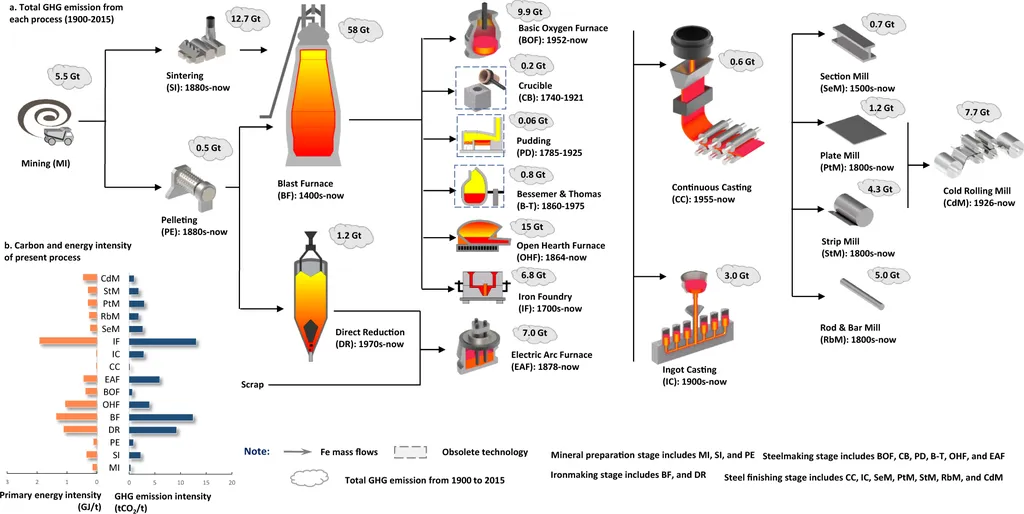In the relentless pursuit of enhancing material performance in extreme environments, a groundbreaking study has emerged from the pages of *Teshugang*, known in English as *Iron and Steel*. The research, led by Wang Longfei, delves into the persistent precipitation phase transformation of S30432 steel at 650°C and its profound impact on material properties. This study is not just an academic exercise; it holds significant implications for the energy sector, particularly in applications where materials are subjected to high temperatures and stresses over extended periods.
S30432 steel, a high-performance alloy, is widely used in critical components of power plants and other energy infrastructure. However, its long-term performance at elevated temperatures has been a subject of intense scrutiny. Wang Longfei’s research, published in *Teshugang*, sheds light on the microstructural changes that occur during creep at 650°C, providing a comprehensive understanding of how these changes affect the steel’s creep ductility.
The study employs a suite of advanced analytical techniques, including scanning electron microscopy (SEM), electron backscatter diffraction (EBSD), and transmission electron microscopy (TEM), combined with thermodynamic simulations using Thermo-Calc. These methods reveal that after creep at 650°C, large-sized Nb(C,N) phases form within the steel’s matrix. These phases are prone to cracking under high stress, potentially serving as initiation sites for larger cracks.
As the creep time increases, the precipitates M23C6 at grain boundaries and twin boundaries not only become more widely distributed but also significantly coarsen. This coarsening facilitates the formation of voids, which can compromise the material’s integrity. Additionally, the study identifies the generation of blocky σ phase at grain boundaries between 9,146 hours and 24,432 hours of creep. The number of σ phases increases with prolonged creep time, accompanied by notable coarsening. This phenomenon promotes the nucleation of micropores and accelerates crack propagation along the grain boundaries.
“The changes in the precipitated phases during these high-temperature, long-term processes all have an important impact on the reduction of the creep ductility of S30432 steel at 650°C,” explains Wang Longfei. This finding is crucial for the energy sector, where the reliability and longevity of materials are paramount. Understanding these microstructural transformations can guide the development of more resilient alloys and inform maintenance strategies to extend the lifespan of critical components.
The implications of this research are far-reaching. For the energy sector, it underscores the need for continuous monitoring and innovative material design to mitigate the effects of high-temperature creep. As Wang Longfei’s work suggests, the future of material science in the energy sector lies in a deeper understanding of microstructural evolution and its impact on material performance.
This study not only advances our scientific knowledge but also paves the way for practical applications that can enhance the efficiency and reliability of energy infrastructure. As the energy sector continues to evolve, research like this will be instrumental in shaping the materials and technologies of tomorrow.

